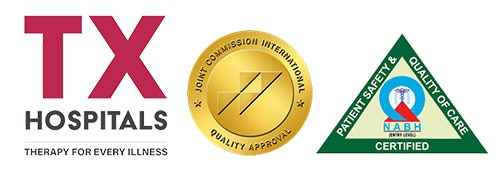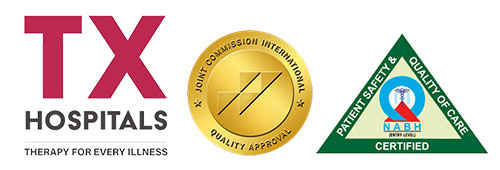Cholecystectomy
Cholecystectomy is a surgical procedure that involves the removal of the gallbladder. This procedure is typically performed to treat gallstones or other gallbladder diseases. Here’s a detailed overview of the cholecystectomy procedure:
Indications for Cholecystectomy
- Gallstones: Cholecystectomy is typically performed to treat symptomatic gallstones that are causing pain or inflammation.
- Gallbladder inflammation (cholecystitis): Inflamed gallbladders that don’t respond to medical treatment may require surgical intervention.
- Gallbladder polyps: Gallbladder polyps are growths that form on the inside of the gallbladder, which can sometimes be cancerous.
- Porcelain gallbladder: This condition is characterized by a calcified or calcifying gallbladder, which can sometimes increase the risk of gallbladder cancer.
Types of Cholecystectomy:
- Open cholecystectomy: This traditional approach to cholecystectomy involves making an incision in the abdomen to remove the gallbladder. Open cholecystectomy may be preferred in certain situations, such as when the patient has a bleeding disorder or when the gallbladder is inflamed and difficult to remove laparoscopically.
- Laparoscopic cholecystectomy: This minimally invasive procedure involves making several small incisions in the abdomen to insert a laparoscope and surgical instruments to remove the gallbladder.
Preparation for Cholecystectomy
- Prior to the procedure, the patient will need to undergo several tests to evaluate their overall health and ensure they are a suitable candidate for surgery.
- The patient may need to stop taking certain medications before the procedure, such as blood thinners or aspirin.
- The patient will need to fast for several hours before the procedure.
Cholecystectomy Procedure
- The patient will be given general anesthesia before the procedure.
- For laparoscopic cholecystectomy, the surgeon will make several small incisions in the abdomen to insert the laparoscope and surgical instruments. The surgeon will then use the instruments to carefully dissect and remove the gallbladder from the liver and bile ducts.
- For open cholecystectomy, the surgeon will make a larger incision in the abdomen to remove the gallbladder. This may involve temporarily rerouting the bile ducts to allow for safe removal of the gallbladder.
- Following the procedure, the patient will be taken to a recovery room where they will be monitored for any complications.
Recovery from Cholecystectomy
- Most patients will be able to go home the same day as their procedure or within a few days of the surgery.
- Patients may experience some pain or discomfort in the incision sites, which can be managed with pain medication.
- Patients may need to follow a special diet for a few days following the procedure to allow their digestive system to adjust to the absence of the gallbladder.
- Patients will need to avoid heavy lifting or strenuous activity for a few weeks following the procedure.
Complications of Cholecystectomy
- Like any surgical procedure, cholecystectomy carries some risks. Complications can include bleeding, infection, damage to the bile ducts or nearby organs, or injury to the intestines.
- In rare cases, patients may experience a condition known as post-cholecystectomy syndrome, which can cause ongoing abdominal pain, bloating, or diarrhea.







